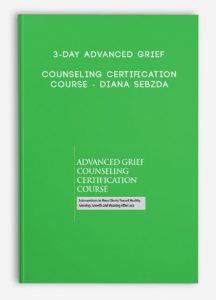
3-Day Advanced Grief Counseling Certification Course – Diana Sebzda
Description:
A wave of grief and loss has impacted millions of people and more clients than ever before are seeking the help of professionals.
But if you’re like many therapists, in-depth training on counseling and treating grieving clients wasn’t part of your graduate program.
How can you make sure you’re ready to work with this rapidly growing client population?
This all new 3-day grief certification training features 2 of our very best received trainers in the area of grief and bereavement – both highly experienced clinicians with decades of experience in the field. Together they will provide you with the tools, techniques and clinical know-how to counsel and treat clients across the lifespan whose lives have been upended by losses of all kinds.
And unlike other trainings, this program will go beyond the basics, growing your clinical skills and confidence with interactive exercises, expert guidance, practical tips, and real-world case studies so you know exactly how to:
Uncover grief intensity and assess for risks like suicidal ideation
Recognize and respond to grief types with appropriate treatment plans
Employ over 30 specific clinical tools to facilitate healthy grieving and build resiliency
Successfully structure and facilitate grief support or treatment groups
And much more!
Outline:
The Process of Death, Dying, and Mourning
Grief and Loss Across Developmental and Life Stages
Distinctions between adult and youth responses to loss
Common grief reactions and coping mechanisms
Factors for assessing and counseling kids and teens at schools
The elderly – working with multiple losses, fewer supports and/or physical health issues
Ethics with minors, families, and the terminally ill
Types of Grief:
Implications for Counseling and Treatment
Normal grief and acute reactions
Complicated or prolonged grief
Persistent Complex Bereavement Disorder
Ambiguous grief in the face of changes in the living
Chronic grief
Traumatic grief following sudden or violent loss
Anticipatory and disenfranchised grief
Delayed, inhibited, abbreviated other types of commonly overlooked grief
The Impact of Loss on the Family System
Impact on adult caregivers and siblings
Family adaptation to loss
Changing the family narrative
Intergenerational effect of grief and trauma
Contemporary Models of Bereavement for Grief Therapy
Assessment of Grieving Clients:
Uncover Trauma, Depression, Substance Use, Suicidal Ideation, and More
Intakes and gathering information
Two assessment measures for gathering grief responses
Assessment for depression, PTSD, trauma, substance use, anxiety, suicidal ideation, and violence
Differential Diagnosis
Differential diagnosis between uncomplicated and complicated grief
Persistent Complex Bereavement Disorder
Differential using the DSM-5™ and upcoming DSM5-TR
Treatment Planning for Uncomplicated and Complicated Grief
Uncomplicated grief treatment planning
Grief counseling vs. grief therapy
Specific objectives based on the client’s grieving process
Complicated Grief Therapy
Narrative Reconstruction Therapy for complicated grief
Integrative Cognitive Behavioral Treatment for complicated grief
Specific objectives for complicated grief
Interventions and Treatment Approaches to Facilitate Healthy Grieving
Narrative and somatic techniques
Expressive arts techniques – music, writing, art, and more
Interventions for regret, forgiveness, shame, and guilt
Continued bonds and therapeutic bereavement rituals
Nature-based therapy
Systematic desensitization and flooding to reduce avoidance
EMDR for complicated grief and traumatic loss
Non-Death and Abstract Losses:
How to Effectively Work with Clients Who’ve Experienced “Living Losses”
End of relationship
Chronic illness and terminal illness
Deployment, job and/or retirement
Infertility, independence, and identity
Safety, meaning, and purpose
Spirituality and religion
Potential futures
Build Clients’ Resiliency and Move Them Toward Post-Traumatic Growth
Defining resiliency and post-traumatic growth
Employing a client’s strengths
Considerations to foster growth with traumatic and suicide loss
The Clinician’s Guide to Grief and Loss Groups:
How to Successfully Structure and Facilitate Grief Support or Treatment Groups
Differences between psychoeducational and therapeutic groups
Open vs. closed groups
Homogeneous vs. heterogeneous groups
Peer vs. clinician led
Participant screening and keys to effective facilitation
Grief Work with Clients of Diverse Race, Backgrounds, Cultures, and Beliefs
Cultural competency vs. culturally and difference intentioned/aware practice
Disenfranchised grief
How culture impacts mourning, rituals, expectation, and continued bonds
Working with spiritual and religious differences between clinician and client
Ethical Considerations in Grief Counseling and Treatment
Boundaries of professional competence and when to refer out
Research and treatment risks
Compassion fatigue
Self-care as an ethical imperative
NLP online course
So what is NLP?
Firstly


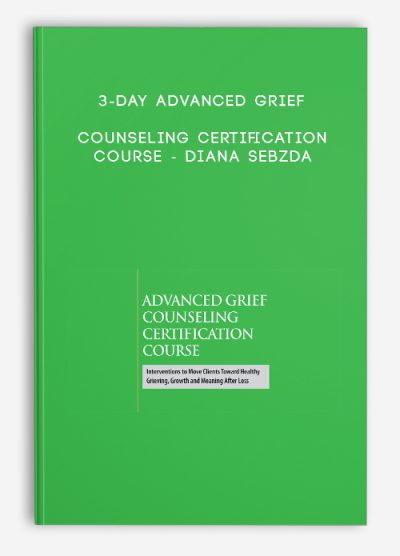
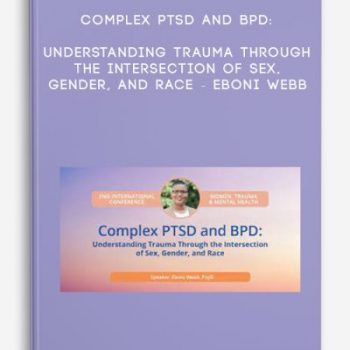
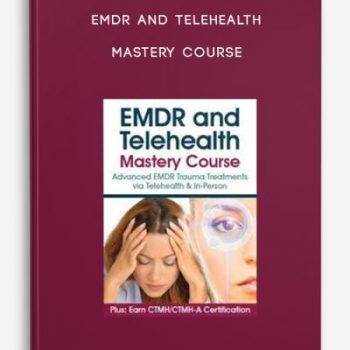


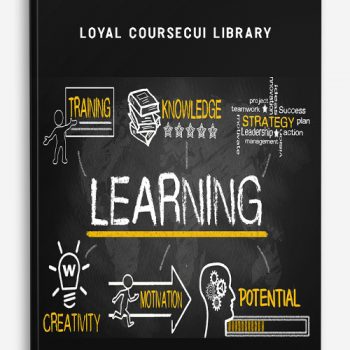
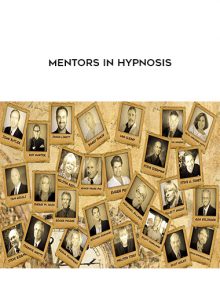

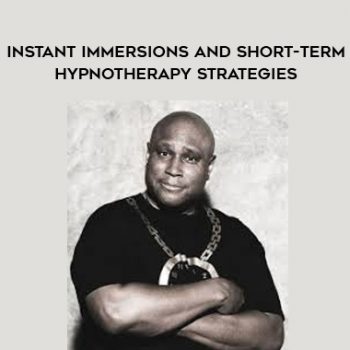

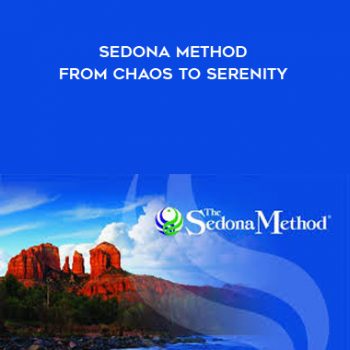
tristian –
This is Digital Download service, the course is available at Vincourse.com and Email download delivery.